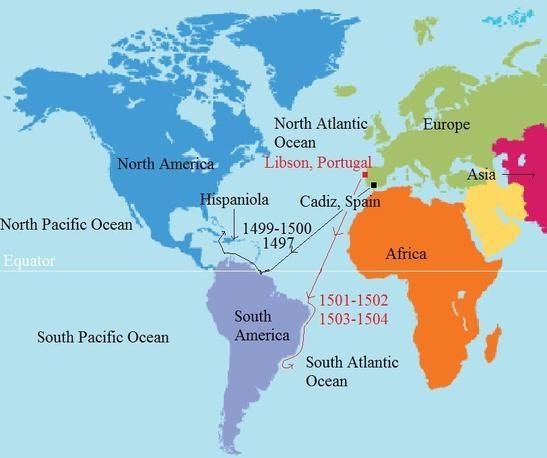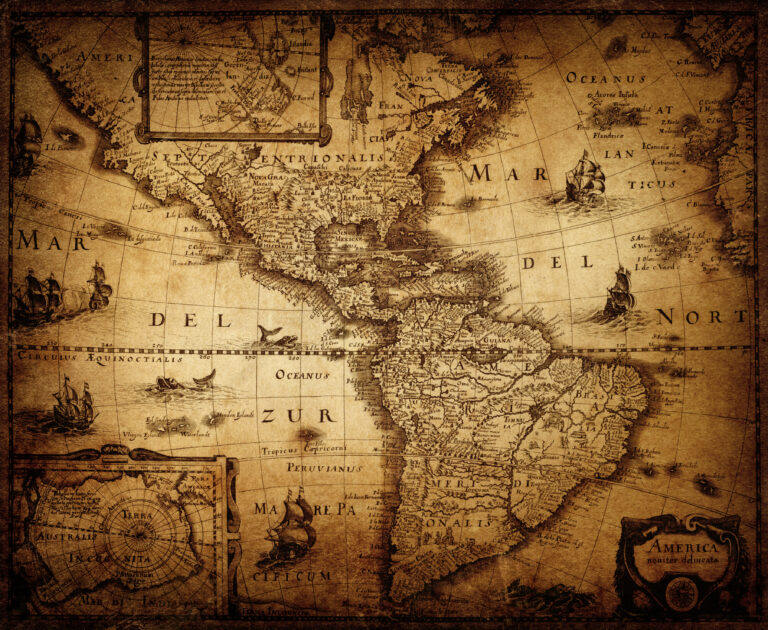
The Romans and the Vikings were probably the first non-natives to visit the Americas. Although not a well known fact, Roman coins were found in Canada, Florida and South America. Whether Romans did visit out of exploration or due to a shipwreck is unknown as no records remain of their visit. However, we do have records of Vikings’ explorations of Northern Canada. The Viking did name the new continent but they also abandoned the New World thus making their exploration more a visit than a discovery. Thus, the naming of the new Continent did not happen until few years after Columbus’ arrival to the new world. It took 15 years until another Italian explorer would be responsible for naming the New World.
The First Lost Names of America
Asian Migration and How Natives Called America
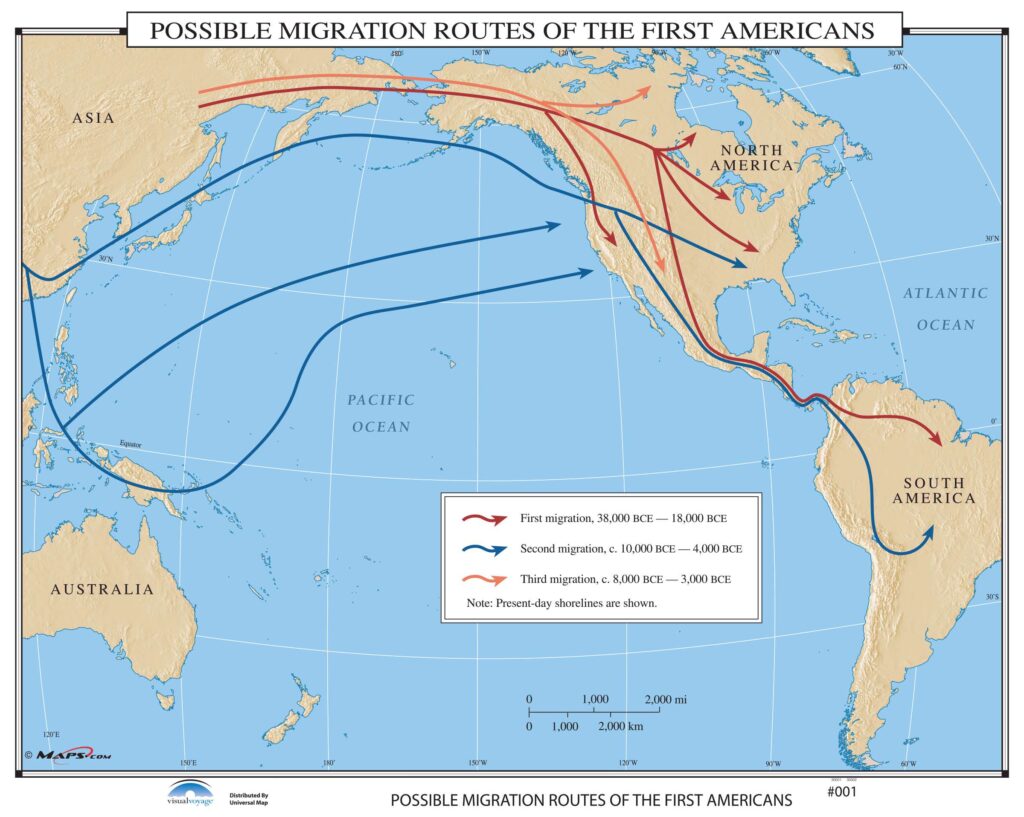
Scholars believe that native Americans came from northern Asia through the Bering Land bridge. About 13,000 years ago they split into different groups and slowly filled the American Continents. Native Americans did not have the concept of continent, they often named their known territory with their own cultural name and did not have a name that described the whole land. A clear example of local naming is Alaska which derives from “Aleut”, a native word meaning “Great Land”. Some tribes like the Iroquois did use a name to define the “great island” floating in space they lived on. In fact, they called it “Hah-nu-nah”, which means the “Great Turtle”.
Other names indigenous people would have used for the new continent are usually more constricted to an area. For example, The Guna used Abya Yala to define part of the American Continent. The Mexica, defined as Cemanahuac the land between north and south America, and lastly Aztlan was the name used by the Azteca.
Possible Roman Exploration and Name of America
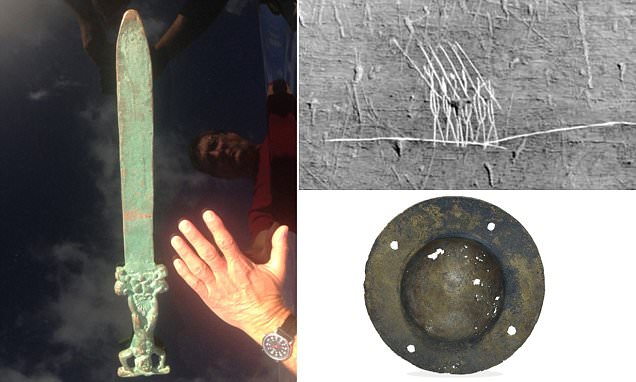
If Roman explorers or shipwreck survivors ever made it to America, they probably would have named the continent Sēres. Most ancient Romans, Phoenicians, and Greeks knew the world was a sphere thus in theory believed there was a way to China by going west. Consequently, some historians claim that the Romans sent two expeditions to the new continent thinking they were finding a new way to China. If they ever did reach the shores alive, the Romans would have named America “Sēres”, the name they used to indicate the northeast part of China.
The Viking Names of America
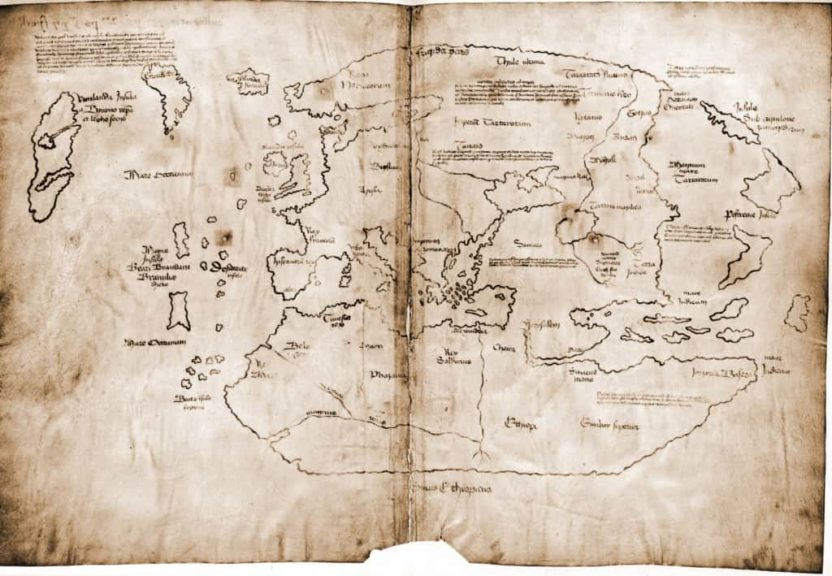
The Vikings had their own names for the new continent, although they thought the new world as an inhospitable islands and not a continent. Norseman who settled in Greenland traded with native Americans Indians, especially the Beothuk, the Inuit and the Thule. The Saga of Erik the Red tells the tale of Erik exploring the lands west of Greenland in 997AD. In his tales, we learn that the Vikings named the northern territories of Canada Helluland, Markland, and Vinland. The first two often referred as part of Vinland. If the Vikings would have settled and shared their knowledge, we would now have the United States of Vinland.
The Naming of America
Amerigo Vespucci
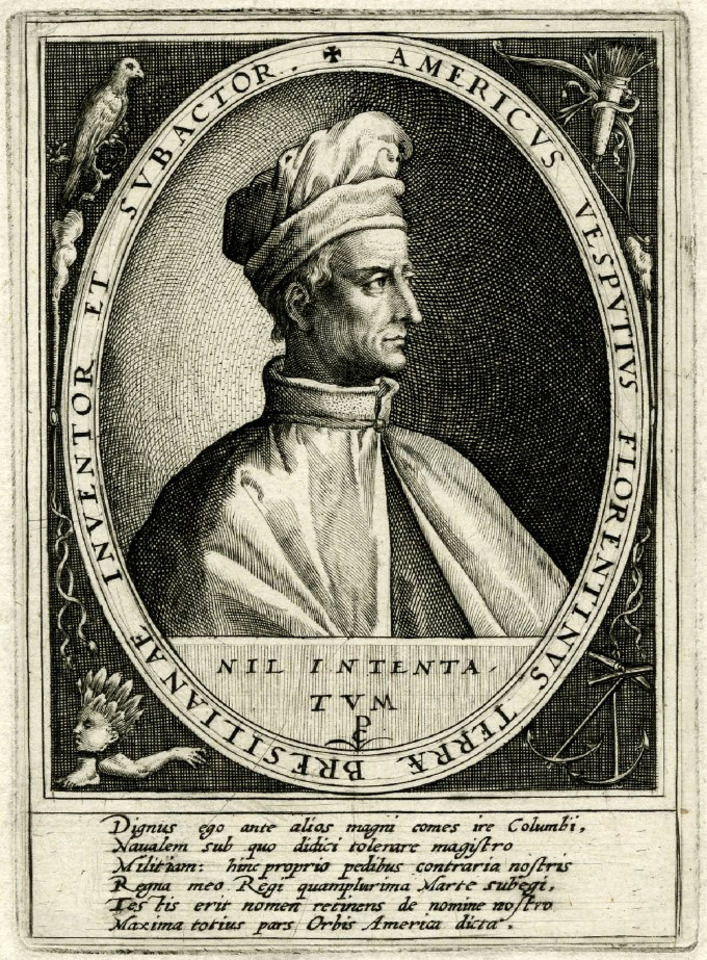
Amerigo Vespucci was a Florentine merchant turned explorer and cartographer who participated in at least two and possibly four exploration voyages to the new world. Most likely, he started these journeys with commercial interests in mind. However, his descriptions of the new world and intuition led to a series of publication that became extremely popular in Europe in the early 1500s. As a result of his first voyage, he was the first to claim that the new land was indeed a new continent and not Asia. Some dispute some of the voyages and journeys he undertook; however, the wealth of details and his writings popularity stand as proof of his incredible acumen and observation skills. Moreover, the accuracy of his descriptions and cartography mapping boosted the popularity of his letters and publications throughout Europe.
The First Mention of The Name America
In 1507, the German cartographer Martin Waldseemüller and the scholar Matthias
used the name America for the first time in their publication “Introduction to Cosmology”. Martin created a series of 12 small maps that when joined together showed for the first time the new land as a separate continent. Martin and Matthias gathered some of their information from a translation of the Soderini Letter. Amerigo Vespucci had written this letter to an Italian Statement of the Republic of Florence. In this booklet, Vespucci included maps and details of his explorations of the new continent. While Martin designed the new maps, Matthias Ringmann wrote in the preface:

“I see no reason why anyone could properly disapprove of a name derived from that of Amerigo, the discoverer, a man of sagacious genius. A suitable form would be Amerige, meaning Land of Amerigo, or America, since Europe and Asia have received women’s names.”
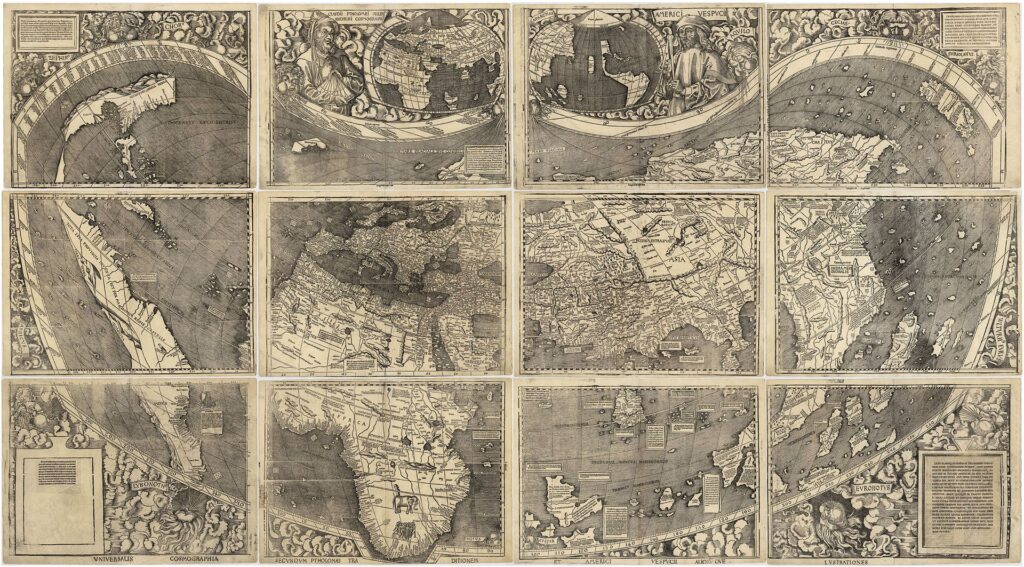
The publication of “Introduction to Cosmology” was an immediate success. In fact, it was so popular that four editions were published the first year alone. The adoption of the name America used for the first time in this publication spread quickly. Upon Ringmann’s death in 1511, Waldseemüller changed the name of the continent to “Terra Nova”, but it did not stick. The name America had already been adopted.
